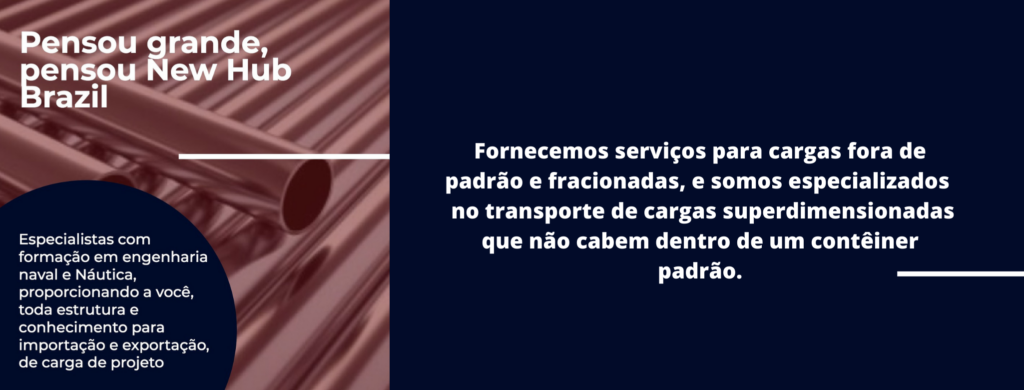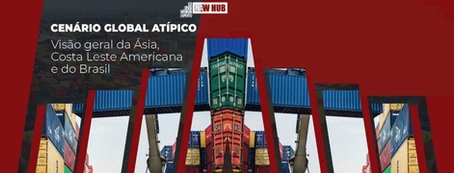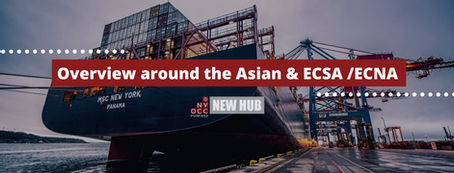
The intention to use e-B / L (Electronic B / L) comes from the ’90s and many years have passed since then, the event COVID-19 raised the need to return to the theme with more emphasis and suxpport, this time, for greater sustainability and technological security.
Interesting to bring to this text, the observation made by “TradeLens”, (TradeLens, the platform launched by MAESRK and IBM in August 2018), which due to the difficulty encountered (barriers) (bureaucratic, relating to banks, insurance, and government), calls the e-B / L of “Holy Grail of global trade”. (Because it has been a real saga to be deployed)

Technologies, such as blockchain and others, (security technology used initially for the BITCOINS event) presuppose advances concerning security in data transmission to issue and use e-B / L. Still, there is a long way to go. The cultural, technological, and bureaucratic diversity (especially customs) of the countries of the globe, remain barriers to overcome.

It is a fact that any document might be used, in digital form soon, even easier to understand when related to foreign trade in the scope of its logistics. After all, the oceanic distances traveled are long and the meridians continue to define “time zones”, notwithstanding the environmental issues that have recently taken on a leading role in the world.
Parameters such as the speed of information and automatic records followed by the economy criterion, lead to a review of thinking and understanding that all documents, in the sphere of foreign trade, are moved between players, in electronic form. However, it is necessary to pay attention to the conversion of HARD COPY to e-B / L without interfering or affecting logistics companies, especially economically. Safeguarding the interests of micro, small and medium-sized entrepreneurs in the international logistics industry (such as freight forwarders and NVO’s), the discussion around the positive effect of the e-B / L application is summed up in the unequivocal conclusion that it is quite important and contemporary.
Some of the main ship-owners in the world, representing around 50% of the transported containers, form TradeLens, which suggests the presumption that more and more are moving towards the materialization and implementation of e-B / L.
Incredible, as a change from the old to the current technology, with the substitution of paper B/L for e-B/L (electronic BL), it is estimated a savings of 10 digits in dollars, according to DCSA.
With the purge of B / L on paper from international maritime transport logistics, in addition to direct savings, there will be an improvement in the quality of the process, because of the speed of information, electronic transfer, and filing, which are ecological and with safety potential. Much higher when compared to the current model.
The calculation estimate five of the largest ship-owners in the world, in terms of reach and handling of containers, participate in the intention. Another parameter take into account the approach of the change in the electronic AWB. However, intuitively it is not difficult to predict savings and improvement in all directions, as banks, insurers, terminals, NVOCC, and Forwarders, mandatorily, handle BL maritime knowledge.

Author: Mr Roger Costa




